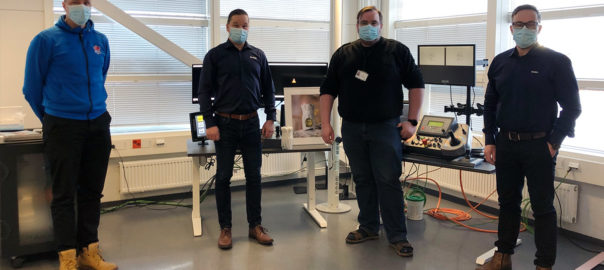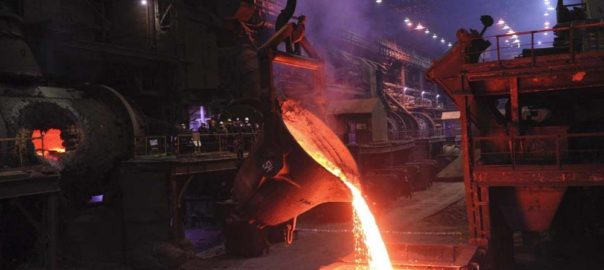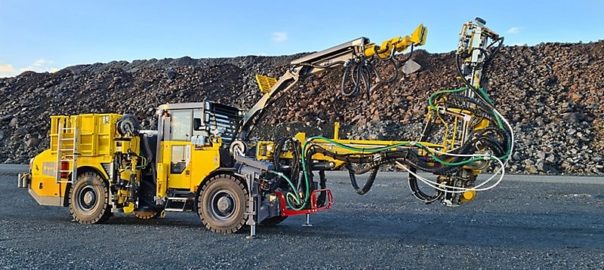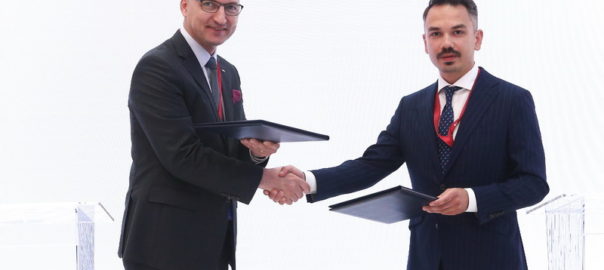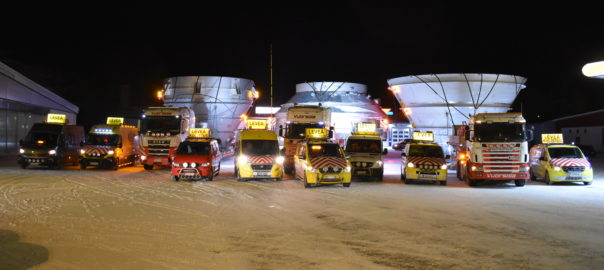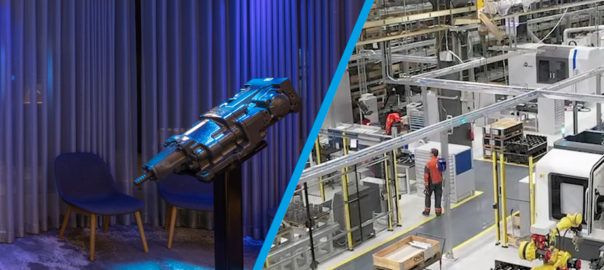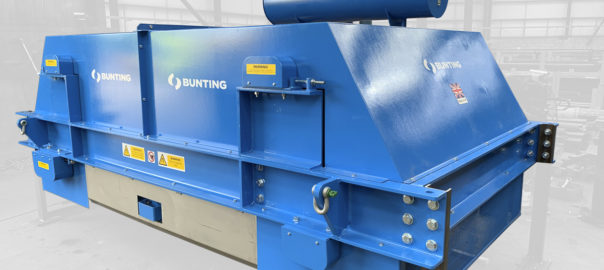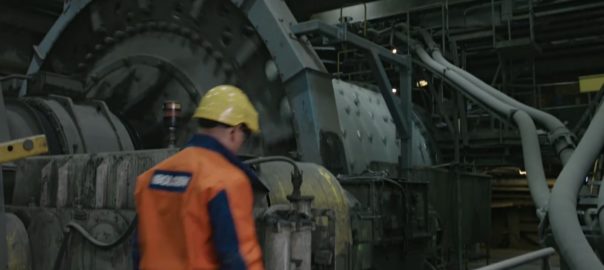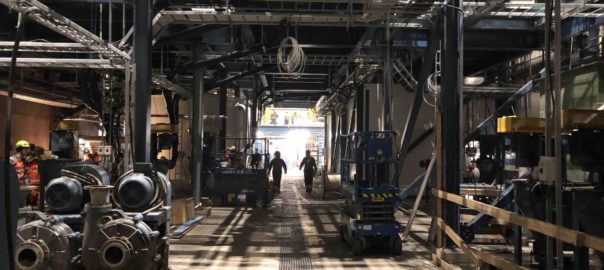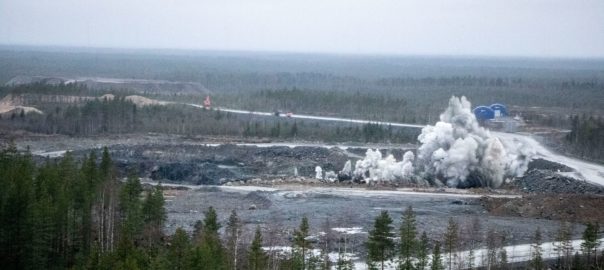Robit and Agnico Eagle have signed a long-term cooperation agreement for drilling consumables supply to the Kittilä gold mine, in Finland, with the deliveries to start on May 1, 2021.
The company previously supplied diamond button bits to Kittilä mine for production drilling, thus, the mine and conditions are familiar to Robit, it said.
Tommi Lehtonen, CEO of Robit Group, said: ”We are happy to start this cooperation, which is a result of a long-time work and is an important reference to the company. It is also an investment in the domestic market. We are excited of this collaboration, which, in addition to product supply, offers an opportunity to develop our products together with one of the leading mining companies.”
Jari Kolehmainen, Production Manager at Kittilä mine, Agnico Eagle Finland Oy, added: “We are delighted with this agreement and expect a long-term and close collaboration. Together we have an opportunity to develop drilling consumables, eg diamond button bits and Sense Systems products, to serve customer needs even better.”
Kittilä mine is the largest gold mine in Europe. It extracts annually about 1.6 Mt of ore, yielding about 7,000 kg of gold. At current production volumes, the mine’s known ore reserves are expected to produce gold until 2034.







